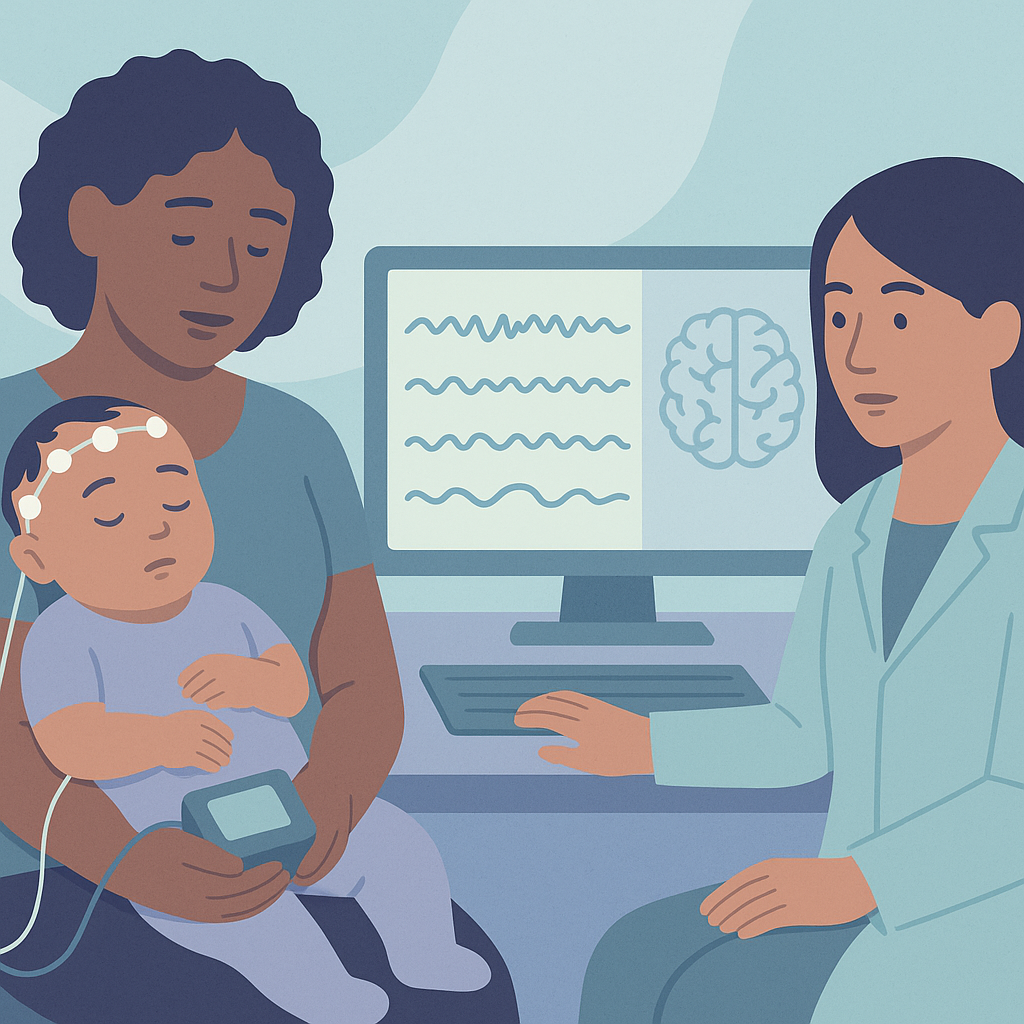New Tool Improves Early Detection of Infantile Spasms
⚠️ Infant dosing/safety: medication and diet decisions for infants require individualized medical guidance.
Source: Frontiers in neurology
Summary
Researchers studied a new method for detecting infantile spasms (IS), a serious type of epilepsy that occurs in young children. The study focused on a model called CMTS-GNN, which uses advanced technology to analyze EEG data, a test that measures electrical activity in the brain. The goal was to improve the accuracy and speed of detecting IS, which is crucial for timely treatment and better outcomes for affected infants.
The key findings showed that the CMTS-GNN model achieved very high accuracy rates in detecting IS from EEG data. In tests, it reached an accuracy of over 99% on one dataset and about 98.5% on another. This model not only performed well but also provided clear explanations for its decisions, helping doctors understand why it identified certain patterns in the brain activity as indicative of IS.
This research is important because early and accurate detection of infantile spasms can lead to better treatment and improved development for affected children. However, while the model shows great promise, it is still based on specific datasets, and its effectiveness in real-world clinical settings needs further investigation. Additionally, the complexity of the technology may require specialized training for healthcare providers to use it effectively.
Free: Seizure First Aid Quick Guide (PDF)
Plus one plain-language weekly digest of new epilepsy research.
Unsubscribe anytime. No medical advice.





